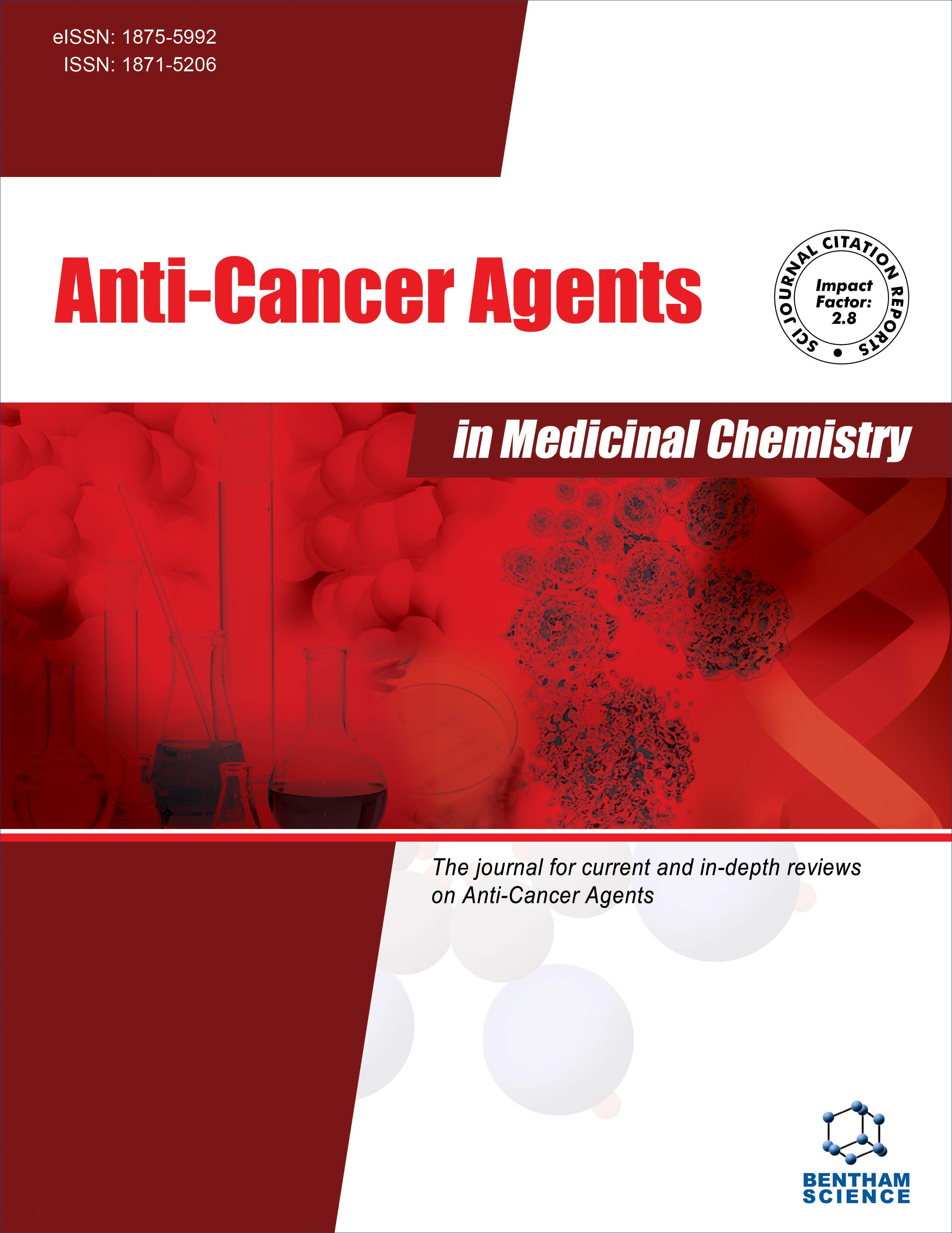
Full text loading...
Due to its high degree of aggressiveness, diffuse large B-cell lymphoma (DLBCL) presents a treatment challenge because 30% to 50% of patients experience resistance or relapse following standard chemotherapy. FN-1501 is an effective inhibitor of cyclin-dependent kinases and Fms-like receptor tyrosine kinase 3.
This study aimed to examine the anti-tumor impact of FN-1501 on DLBCL and clarify its molecular mechanism.
This study used the cell counting kit-8 assay to evaluate cell proliferation, along with western blotting and flow cytometry to analyze cell cycle progression and apoptosis influenced by FN-1501 in vitro. Afterward, the effectiveness of FN-1501 was evaluated in vivo utilizing the xenograft tumor model. In addition, we identified the potential signaling pathways and performed rescue studies using western blotting and flow cytometry.
We found that FN-1501 inhibited cell proliferation and induced cell cycle arrest and apoptosis in DLBCL cells in vitro. Its anti-proliferative effects were shown to be time- and dose-dependent. The effect on cell cycle progression resulted in G1/S phase arrest, and the apoptosis induction was found to be caspase-dependent. FN-1501 treatment also reduced tumor volumes and weights and was associated with a prolonged progression-free survival in vivo. Mechanistically, the MAPK and PI3K/AKT/mTOR pathways were significantly inhibited by FN-1501. Additional pathway inhibitors examination reinforced that FN-1501 may regulate cell cycle arrest and apoptosis through these pathways.
FN-1501 shows promising anti-tumor activity against DLBCL in vivo and in vitro, suggesting its potential as a new therapeutic option for patients with refractory or relapsed DLBCL.

Article metrics loading...

Full text loading...
References


Data & Media loading...
Supplements

